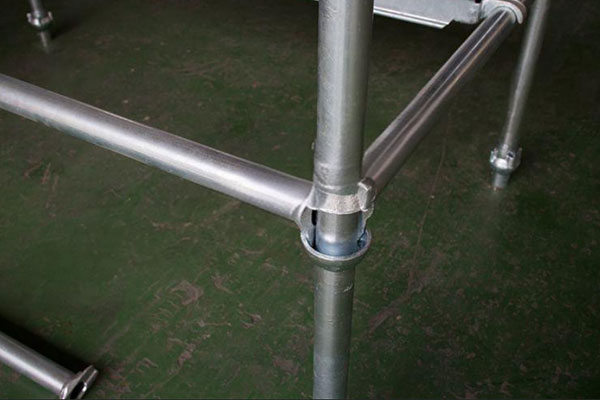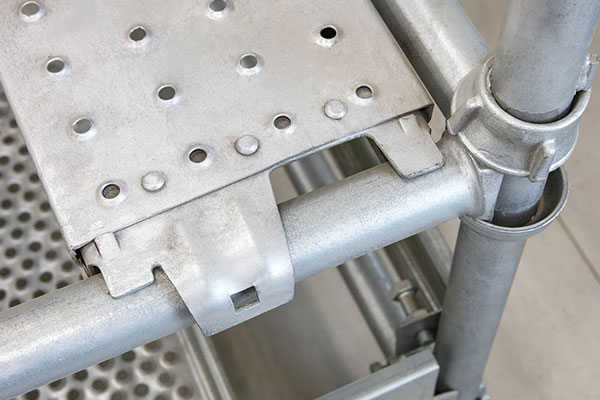What is the Load Capacity of a Cuplock Scaffold?
Cuplock scaffolding is a widely used system in construction, valued for its versatility, strength, and ease of assembly. One critical aspect that makes it indispensable for construction projects is its impressive load capacity. Understanding the load capacity of cuplock scaffolding is essential for ensuring safety and efficiency on any worksite.

What is Cuplock Scaffolding?
Cuplock scaffolding is a modular system made of vertical standards and horizontal ledgers, connected by a unique “cup and blade” locking mechanism. This design allows quick assembly and disassembly, saving time and labor costs. The system is ideal for various applications, including building facades, bridges, and industrial maintenance.
Factors Influencing the Load Capacity of Cuplock Scaffolding
Several factors determine the load capacity of cuplock scaffolding:
- Material Strength: High-grade steel or aluminum is typically used, ensuring durability and load-bearing strength.
- Design and Configuration: The arrangement of standards and ledgers significantly affects the distribution of load.
- Spacing: The closer the spacing between standards, the higher the load capacity.
- Foundation Stability: A stable and well-prepared base prevents excessive stress and potential failure.
- Usage Conditions: External factors such as wind load, vibrations, or additional weight from construction materials and equipment can influence performance.

Typical Load Capacities
The load capacity of cuplock scaffolding varies depending on the specific product and configuration. However, as a general guideline:
- A single standard in a properly erected cuplock system can typically support up to 2 to 3 tons of vertical load.
- Horizontally, the load is distributed among ledgers and transoms, with a typical load-bearing capacity of around 1 ton per ledger, depending on the spacing.
It’s important to consult manufacturer specifications and follow local regulations to determine the exact load limits for your scaffolding system.
Advantages of High Load Capacity in Cuplock Scaffolding
- Safety: Higher load capacities reduce the risk of accidents caused by overloading.
- Versatility: Supports heavy-duty applications, from multi-story buildings to industrial projects.
- Efficiency: With fewer components needed to support heavy loads, projects can be completed faster.
Best Practices for Using Cuplock Scaffolds Safely
- Inspection: Regularly inspect scaffolding components for damage or wear.
- Proper Assembly: Ensure that all joints are secure and aligned correctly.
- Load Distribution: Evenly distribute loads to avoid excessive stress on any single component.
- Training: Equip workers with the knowledge to safely assemble and use scaffolding systems.
Conclusion
Understanding the load capacity of cuplock scaffolding is essential for safe and efficient construction operations. While cuplock scaffolds are designed to handle significant loads, their performance depends on proper assembly, high-quality materials, and adherence to safety standards. By considering these factors and following best practices, you can ensure a safe and productive working environment on your construction site.
